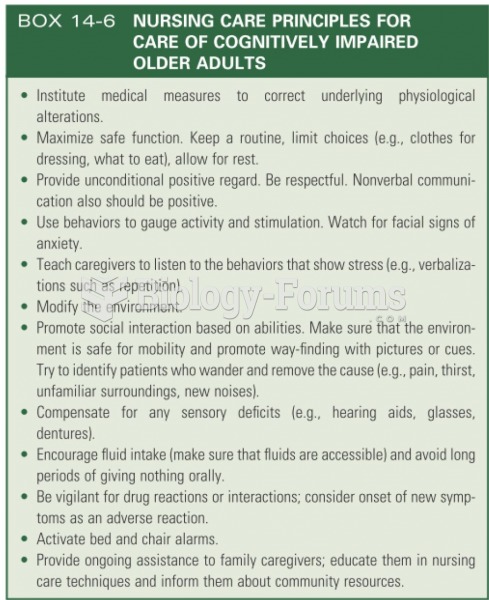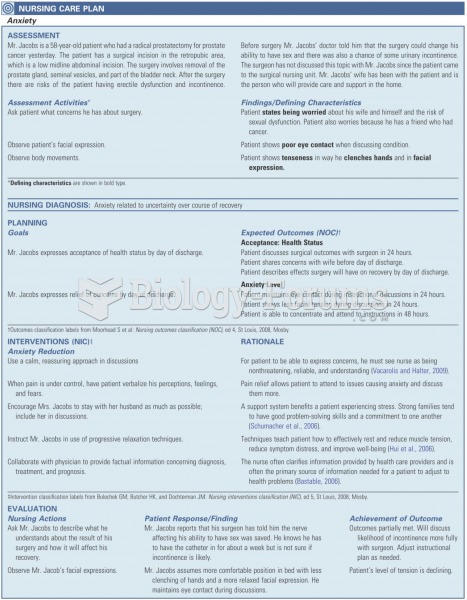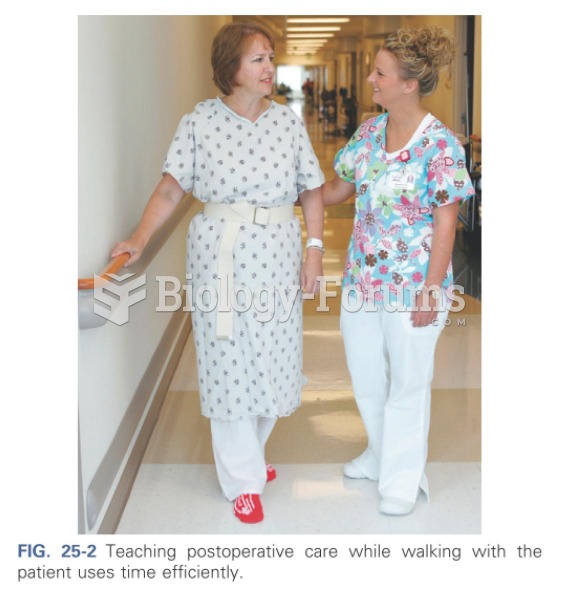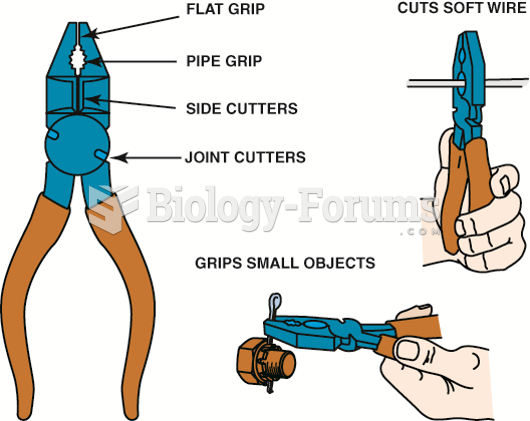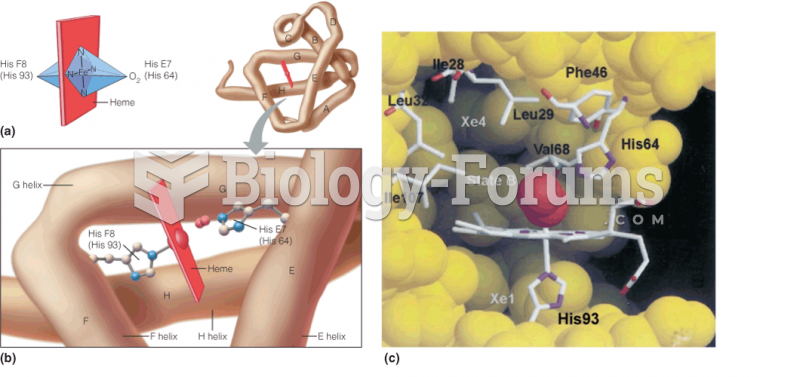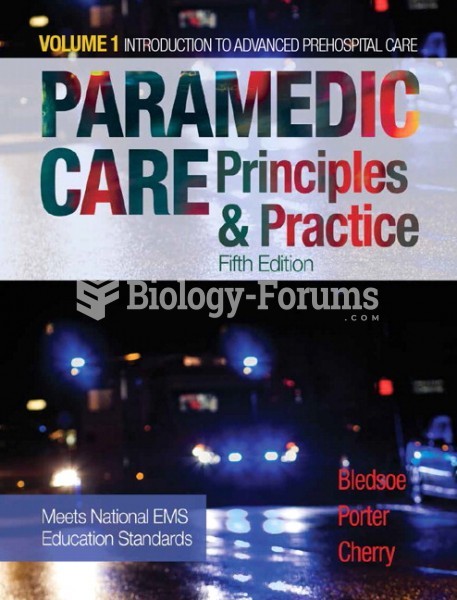Answer to Question 1
Answers should include (but may not be limited to) the following:
Counseling and coordination of care are two components that contribute significantly to the performance of the E/M service.
Counseling is a dialogue the physician facilitates for the patient and/or family concerning the disease process, expected prognosis, diagnostic results, treatment plan, risk factors, or some other aspect of care.
Coordination of care is an organized sharing, between two or more parties who happen to be involved in the provision of the patient's healthcare, of medical findings about and management options for a specific patient. Coordination of care may include different physicians, nurses, and pharmacists, as well as clinical support staff, nurse practitioners, physical or occupational therapists, mental healthcare professionals, dietitians, even the patient's family members who may assist in maintaining or managing the patient's healthcare
When the nature of the presenting problem, counseling, and coordination of care require that more than 50 percent of the E/M service visit be spent in providing counseling and/or coordination of care, time becomes the controlling factor in determining the level of the E/M service
There are two types of intraservice time: face-to-face and unit/floor. Face-to-face time occurs during office or other outpatient E/M service visits and during consultations that occur in an office or other outpatient setting.
Face-to-face time deals with the services provided while the physician is face-to-face with the patient, collecting history, performing the physical examination, making the medical decisions, providing counseling to the patient, and/or coordinating care while in the presence of the patient.
Unit/floor time addresses services provided in inpatient settings, such as hospital observation services, inpatient hospital care, initial inpatient hospital consultations, and care in nursing facilities.
Unit/floor intraservice time differs from face-to-face time because unit/floor intraservice time includes the time that the physician is present on the patient's hospital unit or floor as well as the time the physician spends at the patient's bedside.
Answer to Question 2
Answers should include (but may not be limited to) the following:
The presenting problem is the disease, traumatic injury, medical condition, illness, undefined symptom, undiagnosed complaint, or any other reason for the E/M service visit.
The nature of the presenting problem represents an identification of the level of severity involved in the disease, traumatic injury, medical condition, illness, undefined symptom, or undiagnosed complaint.
There are five different levels of presenting problem severity: minimal, self-limited or minor, low, moderate, and high. CPT correlates specific types of presenting problem with specific levels of E/M services.
When the nature of the presenting problem, counseling, and coordination of care require that more than 50 percent of the E/M service visit be spent in providing counseling and/or coordination of care, time becomes the controlling factor in determining the level of the E/M service.
Intraservice time is the amount of time the physician spends providing clinical, medical, or professional service during an E/M service


